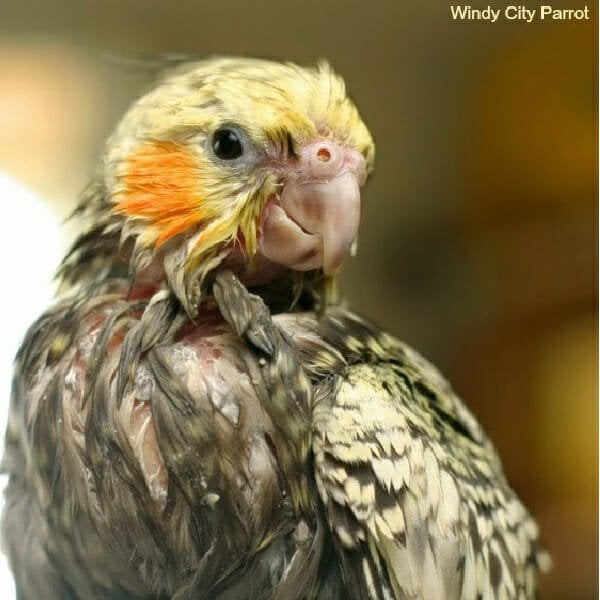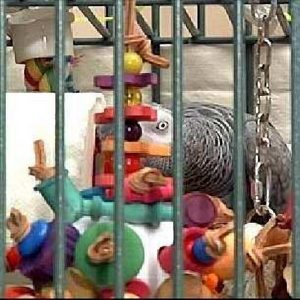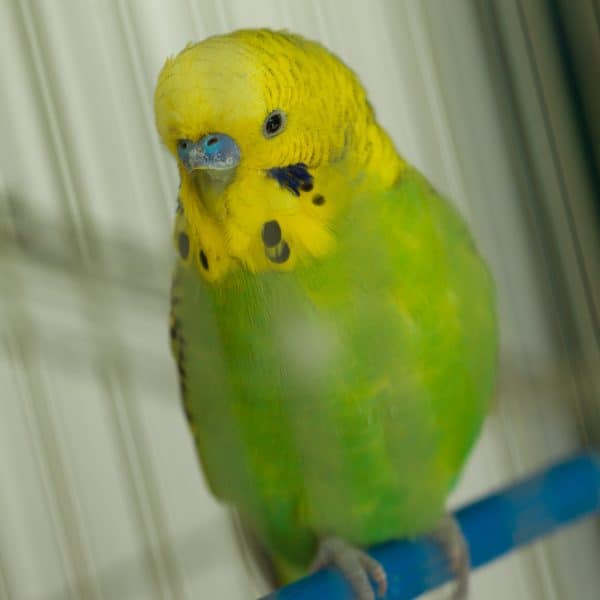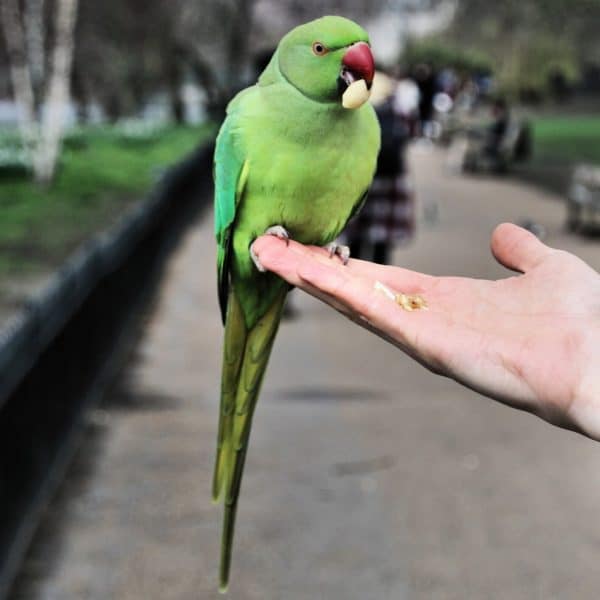
Can Wet Birds Fly?
Last Updated on by Mitch Rezman
Absolutely!
Watch this osprey get fully submerged.
I find it amazing that the bird has enough energy to take off as water-laden as it got.
Note the “rounded” wing flap necessary for enough lift to fully emerge and propel itself from the surface carrying not only the fish but a few pounds of water caught up in its feather (integumentary) system.
Towards the end of the video, watch the bird begin to straighten out the fish as it climbs higher to make it (the fish) more aerodynamic.
Birds have no muscles in their legs from thighs down.
There are 2 (flexor) tendons in each leg that act as an eloquent pulley system.
The foot closes as the ankle angle changes.
This is why birds can sleep on one foot, the tendons lock.
Since there are no muscles, the feet and legs never get “tired.”
(above – Screech-owl foot post necropsy
using fish line to simulate flexor tendons)
A wiggling fish will slow things down and the bird is looking forward to eating sooner rather than later.
Predatory birds like this osprey use the tendon system to kill its prey by closing their huge talons into the fish’s body – “wiggle be gone”.
Find other answers to this question on Quora
As a counterpoint to this:
Unless you have been training your bird for free flight daily chances are the muscles driving its wings don’t have near the horsepower of an Osprey.
If you should have the unfortunate circumstance of your bird escaping and landing on the tree in front of your home, a prescribed method of recovery is to spray it with a garden hose.
A saturated cockatiel can barely fly and will not gain altitude when saturated.
Written by Mitch Rezman
Approved by Catherine Tobsing
Author Profile
Latest entries
 The Traveling BirdJune 26, 2025Can You Name 5 Parrot Species That Are Living Wild in the USA?
The Traveling BirdJune 26, 2025Can You Name 5 Parrot Species That Are Living Wild in the USA? Bird BehaviorJune 26, 2025How is it Parrots Are Problem Solvers Social Animals and Even Use Tools?
Bird BehaviorJune 26, 2025How is it Parrots Are Problem Solvers Social Animals and Even Use Tools? Bird & Parrot AnatomyJune 25, 2025How a Tiny Chemical Modification Makes Parrots Nature’s Living Paintings
Bird & Parrot AnatomyJune 25, 2025How a Tiny Chemical Modification Makes Parrots Nature’s Living Paintings PigeonsJune 20, 2025How Do Parrots Thrive in Cities Outside Their Native Habitats?
PigeonsJune 20, 2025How Do Parrots Thrive in Cities Outside Their Native Habitats?


